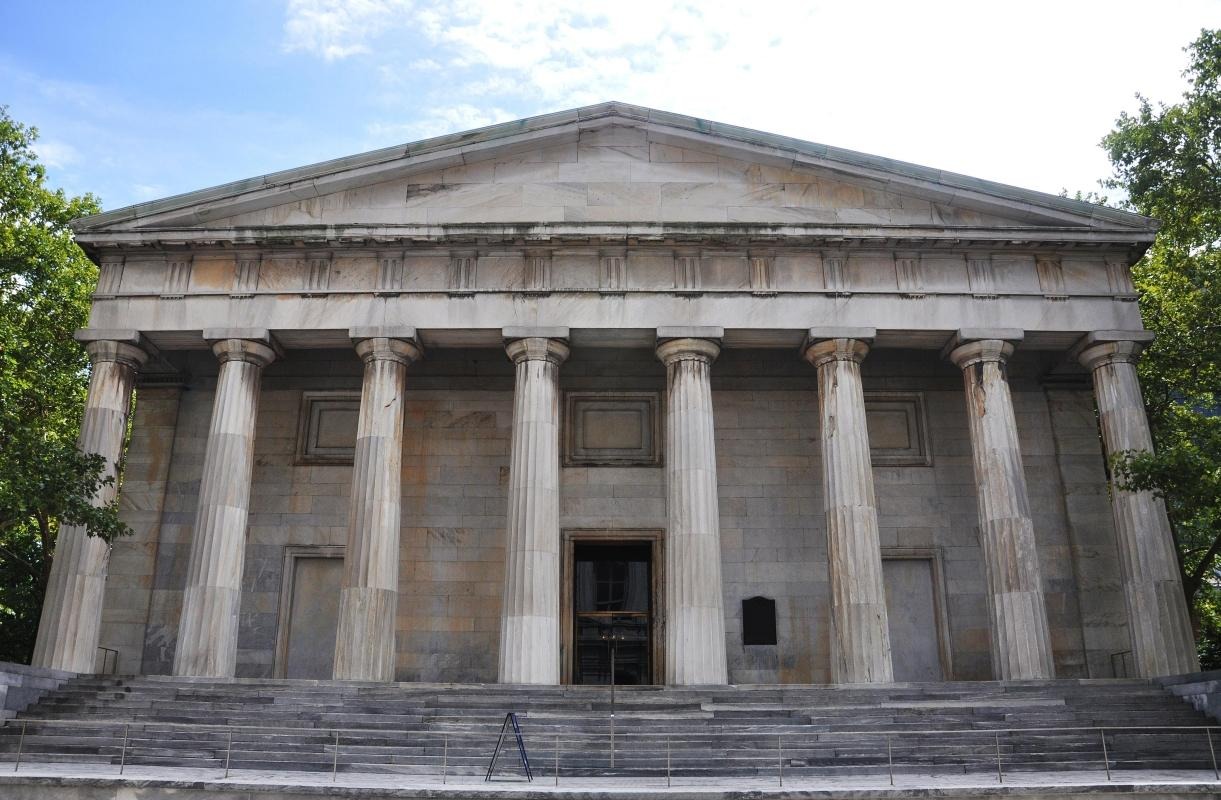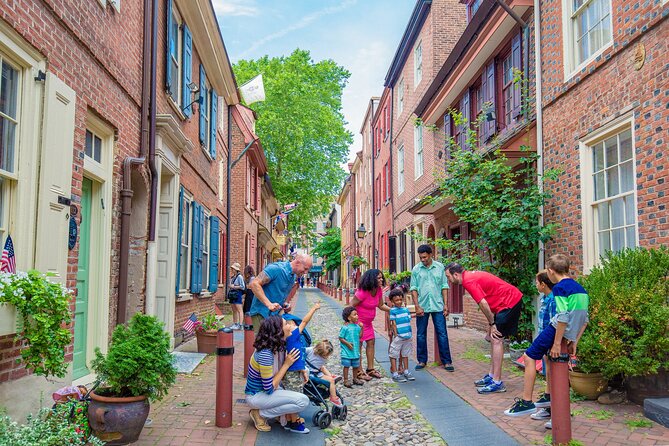1. The Second Bank of the United States was established in 1816 in Philadelphia, Pennsylvania. It was the successor to the First Bank of the United States, which had its charter expire in 1811. The Second Bank was created to help stabilize the nation’s finances and promote economic growth. It acted as a central bank and had the power to issue banknotes, regulate the currency, and hold federal funds.
One interesting fact about the Second Bank is that it played a significant role in the financial panic of 1819. This crisis was one of the first major economic downturns in the United States and resulted in widespread bank failures and unemployment.
The bank’s building in Philadelphia was designed by architect William Strickland and constructed between 1819 and 1824. It is an example of Greek Revival architecture and became a symbol of the bank’s power and influence.
2. Currently, the Second Bank of the United States building in Philadelphia is not operational as a bank but serves as a historic landmark. It is open for visits as a museum and art gallery. The operating hours may vary, so it is recommended to check their website or call ahead for the most up-to-date information.
Phone: Not available for the Second Bank of the United States, as it is no longer functioning as a bank.
3. As for ticket information and transportation, visitors can check the official website of the museum or art gallery operating in the building for details on admission fees and any special requirements. Regarding transportation, the Second Bank of the United States is located in the historic district of Philadelphia, which is well-served by public transportation, including buses, trains, and taxis. Visitors can easily reach the bank by utilizing these options or by using ride-sharing services.






